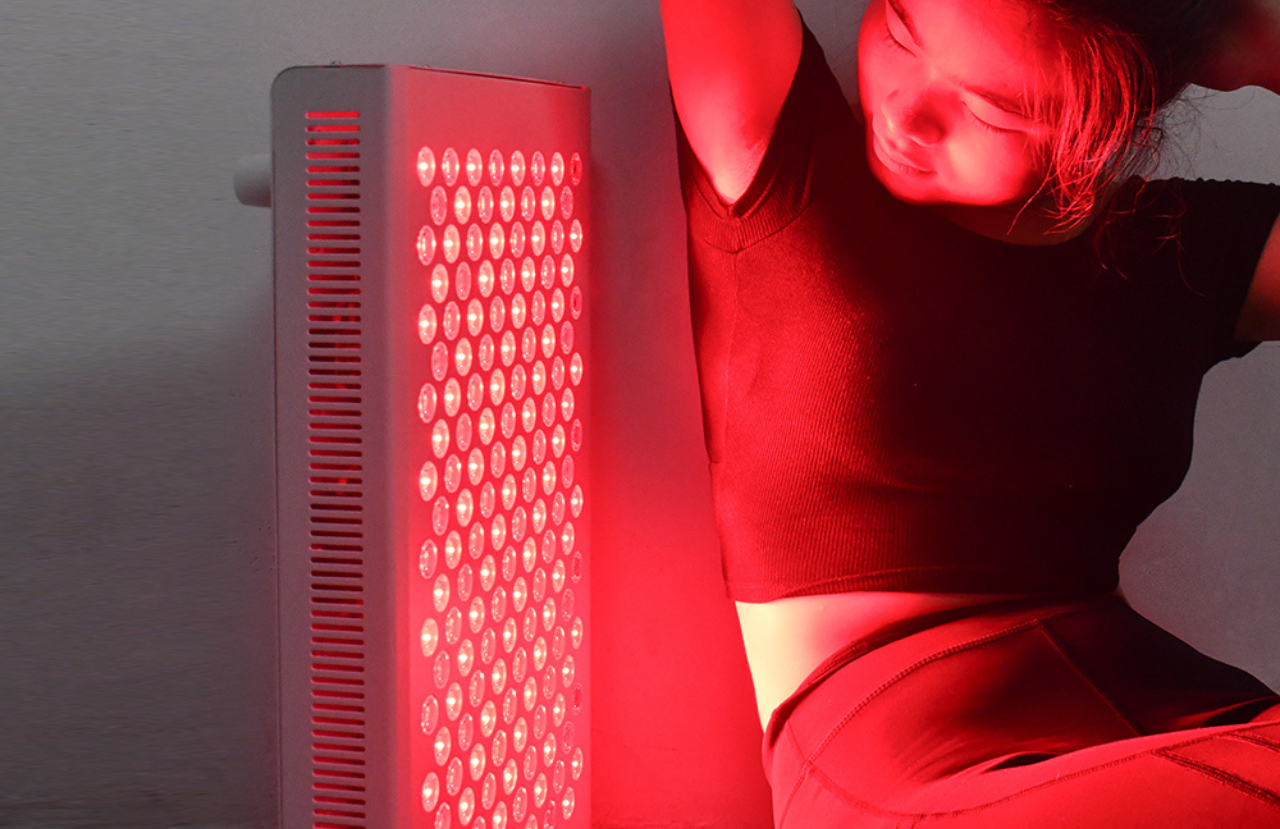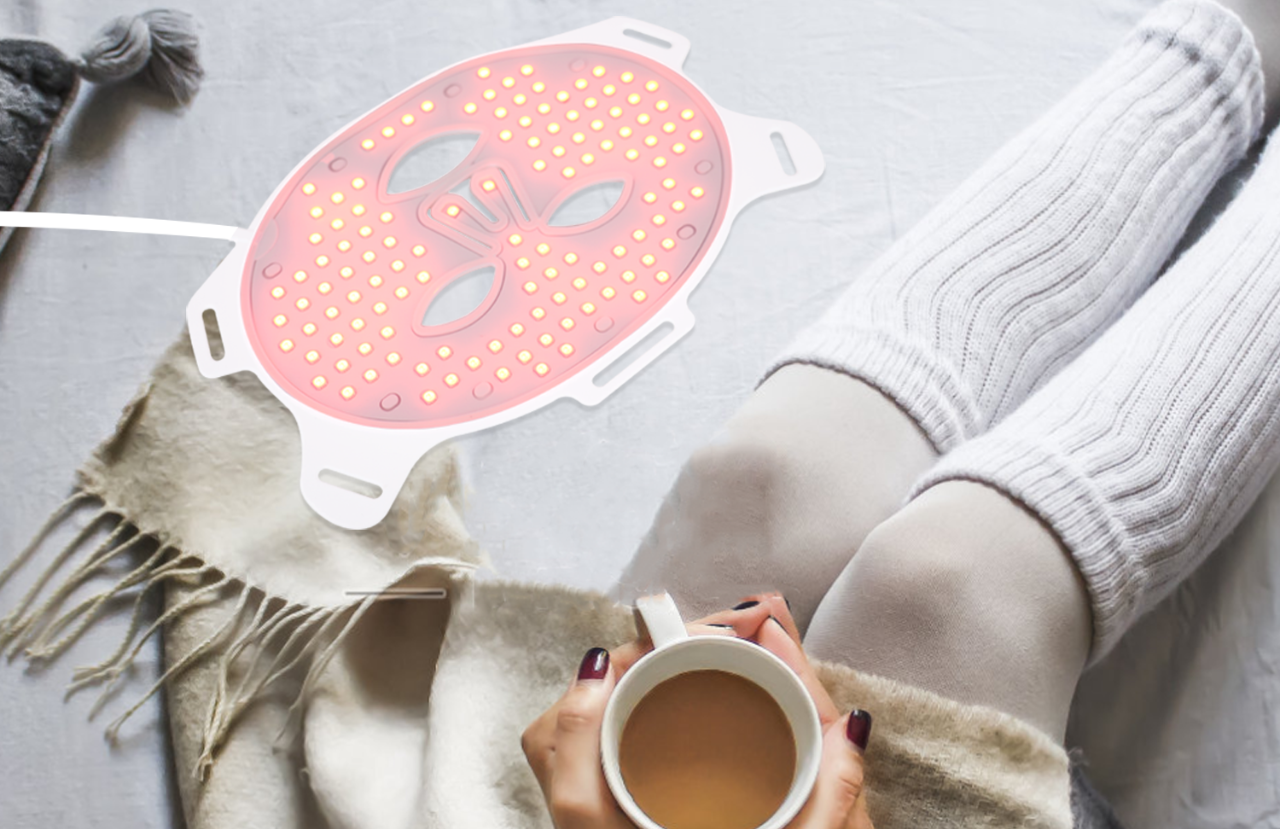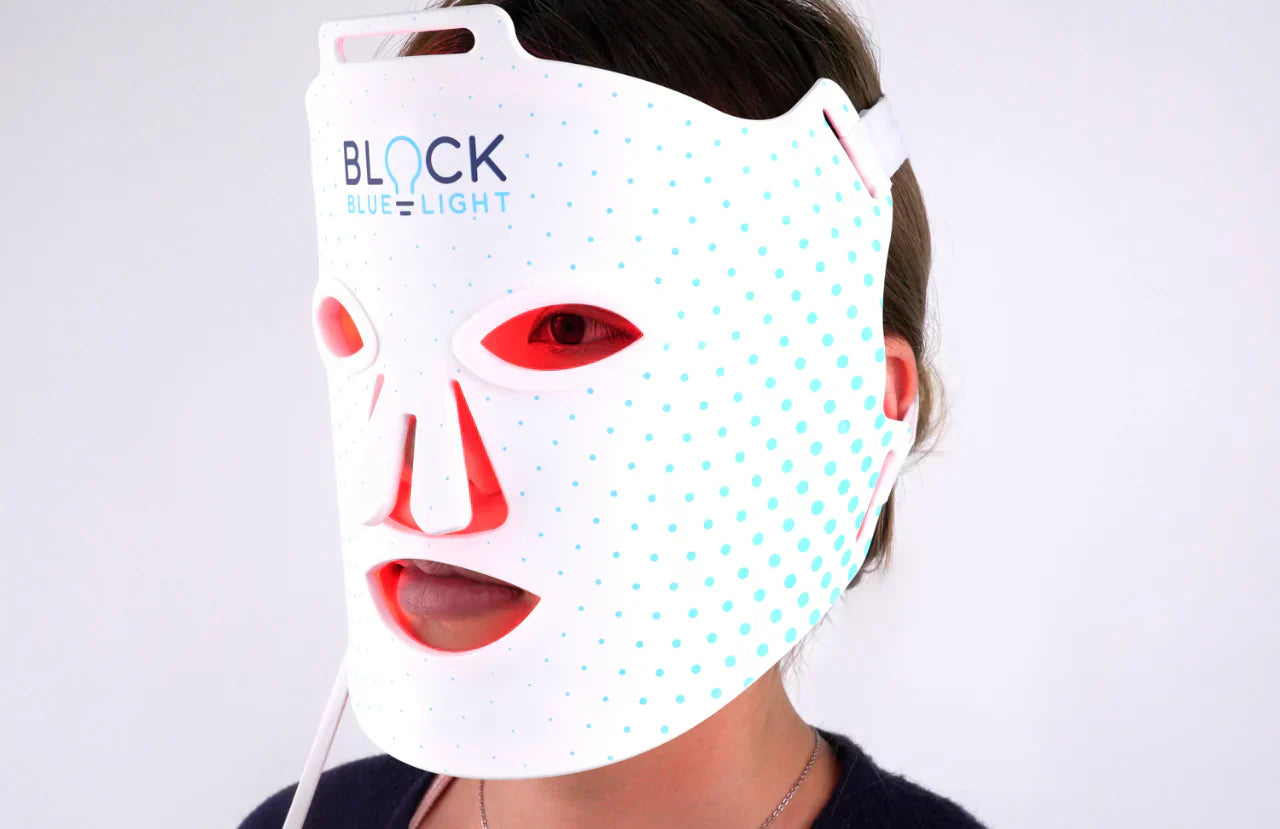There are two types of people; Those who love summer days and those who prefer cozy winter nights!
Winters may mean hot cups of cacao and snacking on nuts for some. But for others, despite how much they want to enjoy winters, they know that the usual will happen; feelings of sadness, fatigue and a lack of motivation to get up and work.
This is because the drastic drop in sunlight in the winter months may lead to Seasonal Affective Disorder or SAD for some people. We all experience winter blues to some extent. But for some, these winter blues turn into a longer period of depression, which needs to be treated. SAD is treated by various methods- therapy, depressants, and full spectrum light therapy.
Today we’ll answer the question;
Do full spectrum LED light bulbs help with Seasonal Affective Disorder?
But first, let’s understand a bit more about SAD and why it ruins our winter months.
Seasonal affective disorder, as the name suggests, is a type of depression that’s related to changes in seasons -it begins and ends at the same time each year. If you’re like most people with SAD, your symptoms will start in the fall and continue into the winter months. These symptoms may resolve during late winter, as your body adjusts to the lack of sunlight, or may continue till the end.

Most people experience SAD in winter, but some people experience summer depression which resolves when winter comes.
Treatment for SAD involves spectrum light therapy (using seasonal affective disorders lamps), psychotherapy, and, in extreme cases, medications.
Symptoms:
Symptoms usually start out mild, as we slowly experience changes in sunlight patterns as the season changes They become severe as the season progresses. Signs may include
- Having periods of feeling listless almost every day
- Losing interest in things you used to enjoy
- Sleeping too much and still feeling tired
- Having low energy
- Mood swings
- Trouble with concentrating
- Cravings for comfort food
- Feeling guilty or helpless
- Suicidal thoughts (in extreme cases)
Summer onset seasonal affective disorder symptoms may also include;
- Trouble with sleeping (insomnia)
- Loss in appetite and weight loss
- Anxiety
What causes SAD?
SAD is caused by changes in sunlight patterns. In winter, the lack of sunlight affects our circadian rhythm, the name of our ‘internal body clock.’ which regulates all our internal processes according to the time of day or night.
Reduced sunlight cause serotonin levels to fall, which is the hormone responsible for promoting good mood and healthy sleep.
For many, full-spectrum light bulbs can help with seasonal affective disorder, to counteract the changing light patterns in the environment.
How does spectrum light therapy work?
What spectrum light bulbs do, is mimic the patterns of natural sunlight.
During the daytime, sunlight is high in blue light. Blue light lies between 380-450nm and is high in energy. Blue light (also known as HEV light) signals to the brain that it’s time to wake up. It encourages the brain to promote alertness and to secrete cortisol, the hormone responsible for increasing sugar (energy) in the bloodstream and in particular, to the brain. We have special cells in our eyes’ retina called ipRGCs that detect blue light from the environment.
Blue light also improves our mood, because it stimulates our brain to release serotonin, the hormone responsible for good mood and making you feel calm.
As the evening progresses, the sunlight colours change. At sunset, the primary wavelength emitted is 600-700nm, which corresponds to amber and red light. The lack of blue light makes the brain stop producing serotonin and cortisol- instead, it secretes ‘melatonin,’ the hormone responsible for promoting good sleep.
Winter days with their weak sunlight resemble nighttime, with low quantities of blue light. When you’re not exposed to the usual quantities of blue light each day, your brain doesn’t produce the regular hormones to give you your daily boost. Over time, this can lead to sleepiness and depressive symptoms.
This is where spectrum light therapy comes in. Light therapy helps fix the imbalance in the environment and balance your circadian rhythm and serotonin levels. Whether used in conjunction with medication or by itself, spectrum light therapy has been found to be effective in improving symptoms of seasonal affective disorder.
How can I use spectrum light therapy for seasonal affective disorder?
To counteract the low levels of blue light during the daytime in winter, people often use a blue light therapy box. A blue light therapy box provides striking intense blue light which is consistent with sunlight at noon. The blue light signals produce the same effect in our bodies as natural sunlight does.
However, the cons to using this method, is that it takes time- you'll have to set aside 30 mins each day to sit in front of the light therapy box. Secondly, it doesn’t mimic natural sunlight patterns by providing continuous blue light during daytime hours.
A better solution is to use a full-spectrum LED light bulb to deal with seasonal affective disorder. Full-spectrum light bulbs mimic the spectrum of sunlight and provide the correct wavelengths at the right intensities throughout the day.
Full-spectrum light bulbs should have three modes to mimic sunlight:
Daytime mode:
The daytime mode should provide adequate amounts of blue light

Evening mode:
The evening mode should provide low levels of blue light and some degree of red/amber light, to mimic the colours at sunset. These light levels start preparing the brain to slow down for sleep.

Night mode:
At night, there’s no sun so we shouldn't be exposed to blue light. Even the slightest amount of light (such as switching on the bathroom light) halts the production of melatonin. So the night mode should be 100% blue light free. For this, the bulb has to emit red light.

Using full-spectrum light bulbs not only provides the correct amount of blue light to boost serotonin during the day but also helps you sleep better. Sleep pattern disturbances are linked with anxiety and depression. Falling asleep early in winter also means that you’ll be able to wake up early and catch the few early hours of sunlight that winter provides.
Full-spectrum light therapy bulbs can also be used to treat summer Seasonal affective disorder. Since summer SAD is caused by excess blue light exposure due to the longer days, the evening and night modes help keep light exposure in check and treat insomnia.
Full-spectrum light therapy isn’t just for seasonal affective disorder- these natural lighting options help deal with the host of eye and mood problems that are associated with abnormal blue light exposure from digital devices.
What to look for when choosing spectrum light therapy bulbs?
A bulb that’s giving out red or white light isn’t necessarily going to work! The light frequency produced must be in sync with sunlight. Since all lights, look the same, you can’t tell the difference by just looking!
- Ask for a spectrum report which shows the frequencies and levels of the light emitted. All of BlockBlueLight’s products are tested by a lab-grade spectrophotometer and the reports are available with the product descriptions of each product
- Check that the light has zero-flicker. Regular LEDs have invisible flicker which strains our eyes. All of BlockBlueLights products are zero-flicker and have low EMF.
- Check the frequencies of the 3 modes: Daytime mode should have a balanced frequency of all the colours of sunlight The evening mode should block the whole spectrum of blue light (300nm-455nm). The nighttime mode should block 100% of blue light as well as green light, (300nm-550nm) since green light exposure also inhibits melatonin production.
From the image below, you can see a comparison between ordinary LEDs, sunlight and the daytime mode of BlockBlueLight’s full spectrum bulb and full spectrum downlight.

If you’re curious about blue light, feel free to read more on our blog. Still have questions? We’d love to answer. Ask away!







